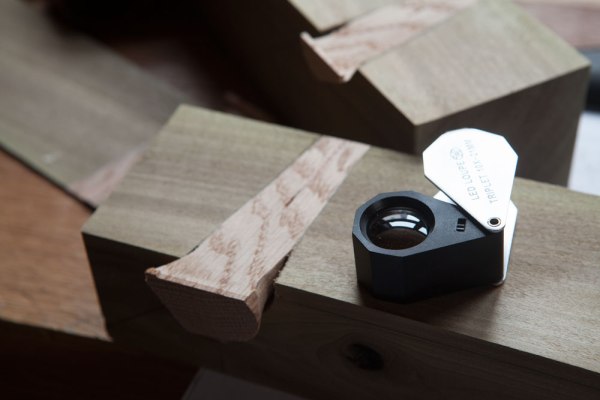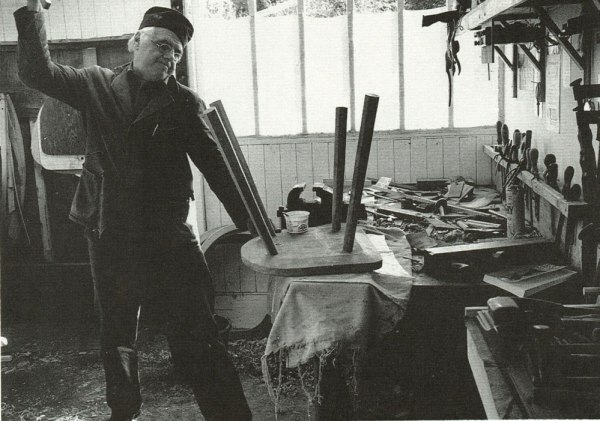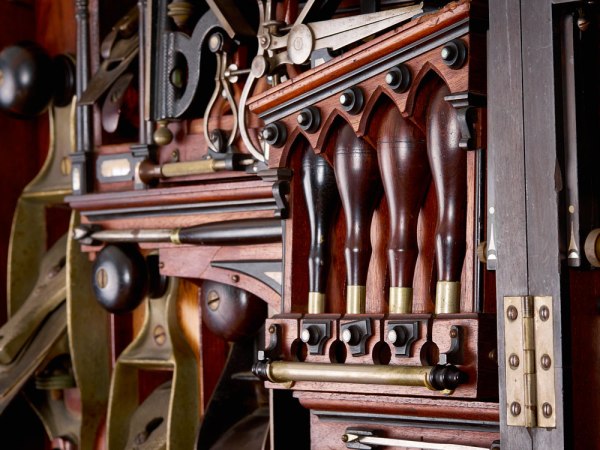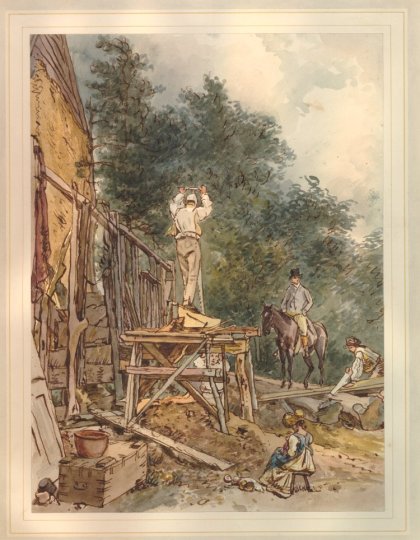First, Add No BS –

One of the turning points in my writing was courtesy of Bob Flexner. Years ago we were discussing ideas for future columns that he could write, and Bob threw out this one: You don’t have to finish both sides of board.
I laughed because I thought he was joking. Everyone else, and I do mean everyone, had told me you had to finish both surfaces of a board to prevent it from warping. Bob dissected the myth, eviscerated it. Here’s a later column Bob wrote on the topic for Woodshop News.
Bob’s column was fantastic. And it changed my thinking process immediately. Whenever I evaluate or explain a technique, I ask myself: How do I know this? Am I certain that every word can be demonstrated? Am I just repeating something I’ve read elsewhere?
It’s the same strategy I used as a crime reporter for newspapers. Every sentence of my articles went through those filters because if I slipped up I would end up sued. But I hadn’t applied that to woodworking writing. After all, this stuff had all been figured out thousands of years ago.
It’s an easy trap to fall into. And I’ve been climbing out ever since.

This week I’m cutting up a bunch of joints to see what is happening inside. When I first learned this staked furniture joint, I was told that you should use a hard wood for the legs and a softer wood for the seat, and that you should hammer the legs home hard. Like John Brown above.
It makes sense, but why? My theory is that the joint works much like a cut nail. The leg or nail crushes the fibers in the seat, helping to lock it in place. But is it true?
— Christopher Schwarz




